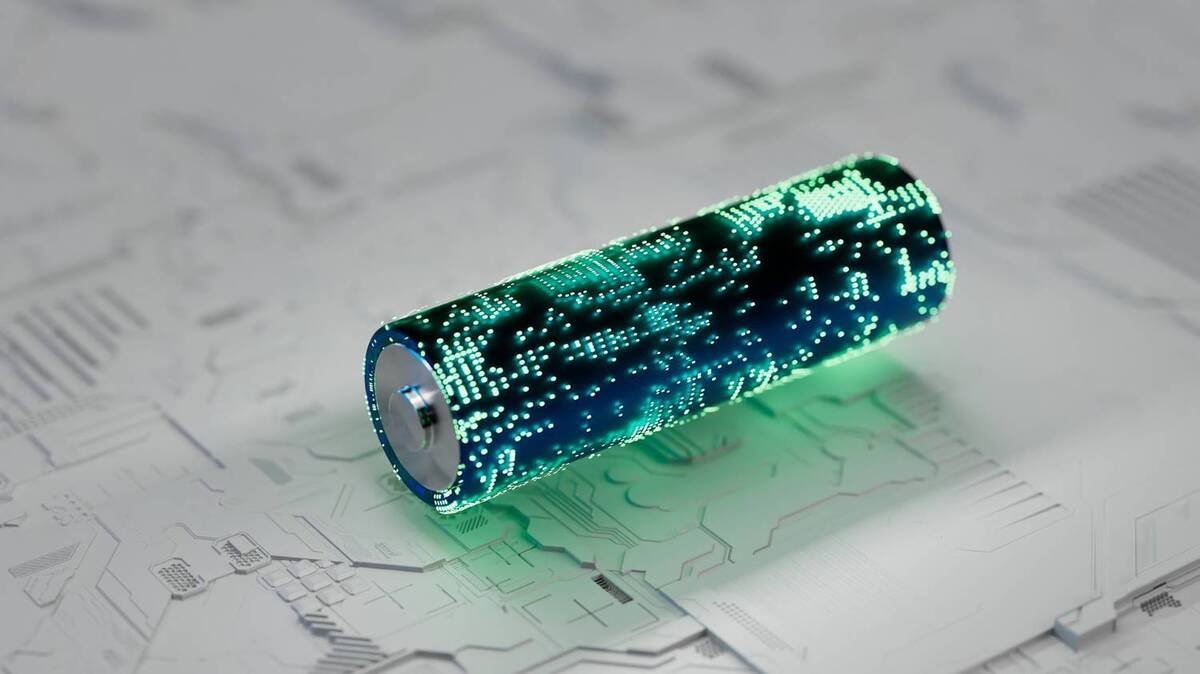Researchers Develop High-Energy-Density Aqueous Battery

Traditional non-aqueous lithium-ion batteries have a high energy density, but their safety is compromised due to the flammable organic electrolytes they utilize, the journal Nature Energy reported.
Aqueous batteries use water as the solvent for electrolytes, significantly enhancing battery safety. However, due to the limited solubility of the electrolyte and low battery voltage, aqueous batteries usually have a lower energy density. This means that the amount of electricity stored per unit volume of an aqueous battery is relatively low.
The research team led by Li Xianfeng from the Dalian Institute of Chemical Physics (DICP) of the CAS, in collaboration with Fu Qiang's team, also from the DICP, developed a multielectron transfer cathode based on bromine and iodine, realizing a specific capacity of more than 840 ampere-hour per liter.
To improve the energy density of aqueous batteries, researchers used a mixed halogen solution of iodide ions and bromide ions as the electrolyte. They developed a multielectron transfer reaction, which transfers electrons from iodide ions to elemental iodine and then to iodate.
Combining the cathode with metallic cadmium to form a full battery, the researchers achieved an energy density of up to 1,200 watt hour per liter based on the catholyte.
In the study, the bromide intermediate formed during the charging and discharging process optimized the reaction, effectively improving the kinetics and reversibility of the electrochemical reaction.
This study provides a new direction for the design of high-energy-density aqueous batteries, and may expand aqueous battery applications in the power battery field, Li said.
4155/v





















